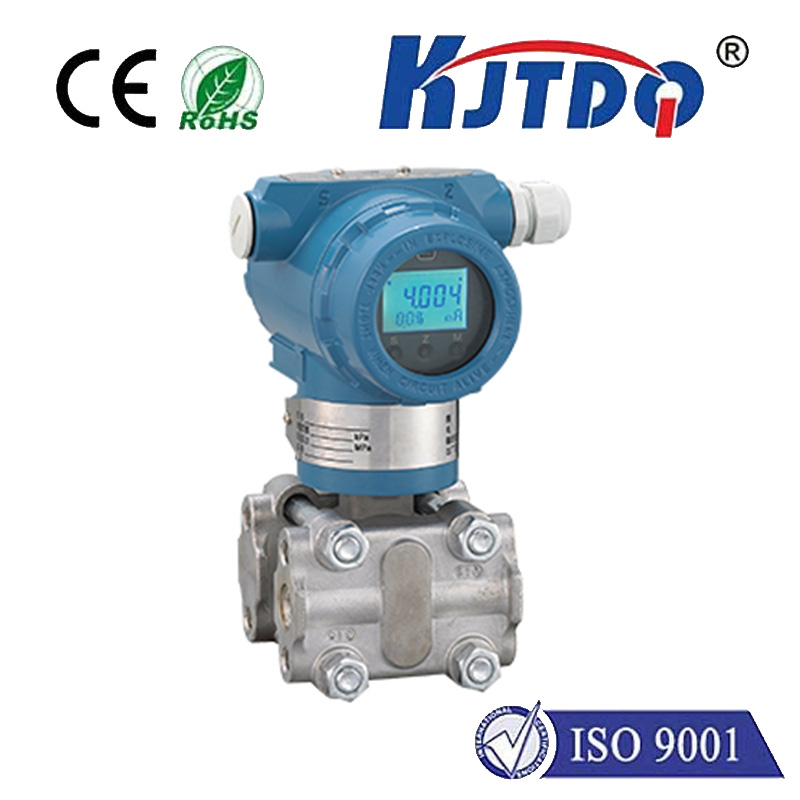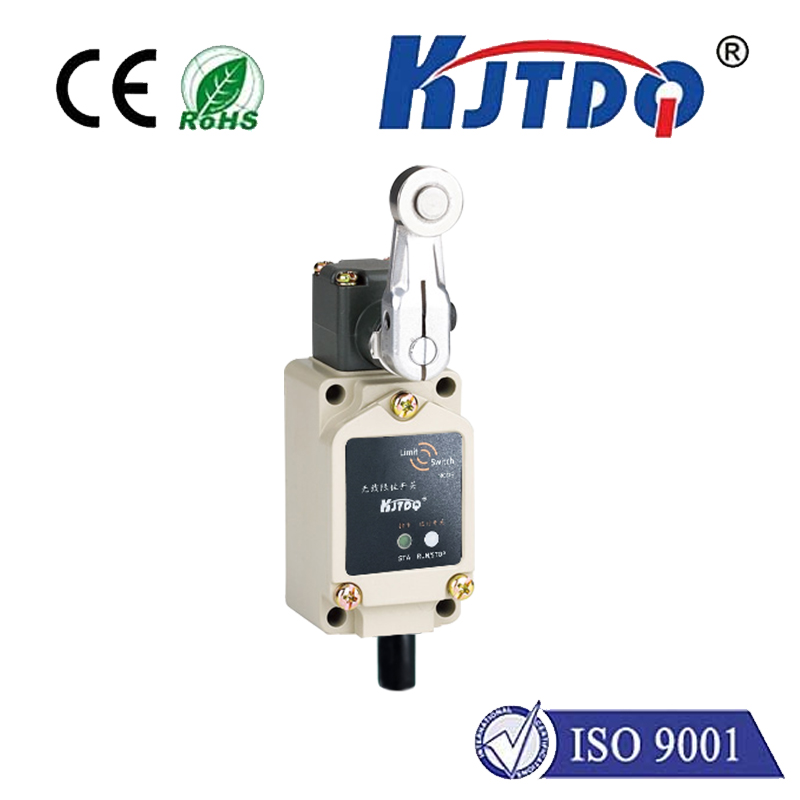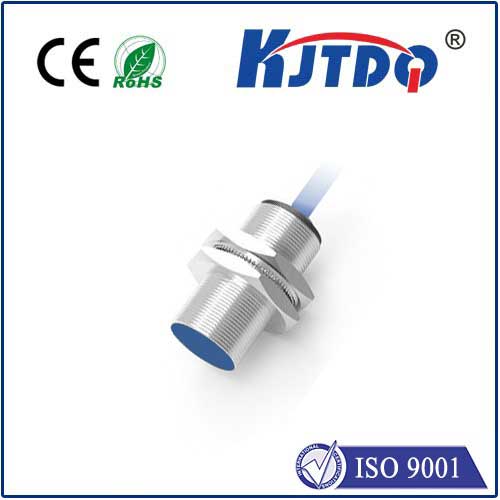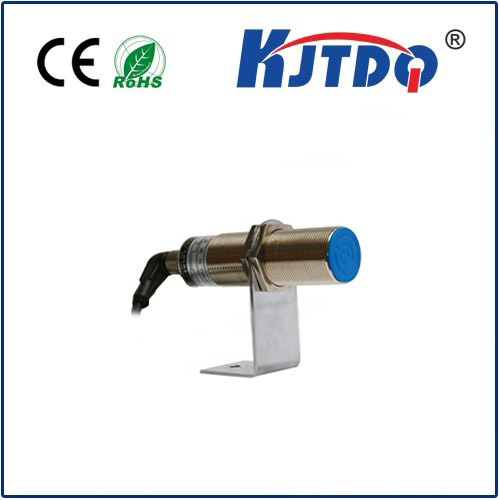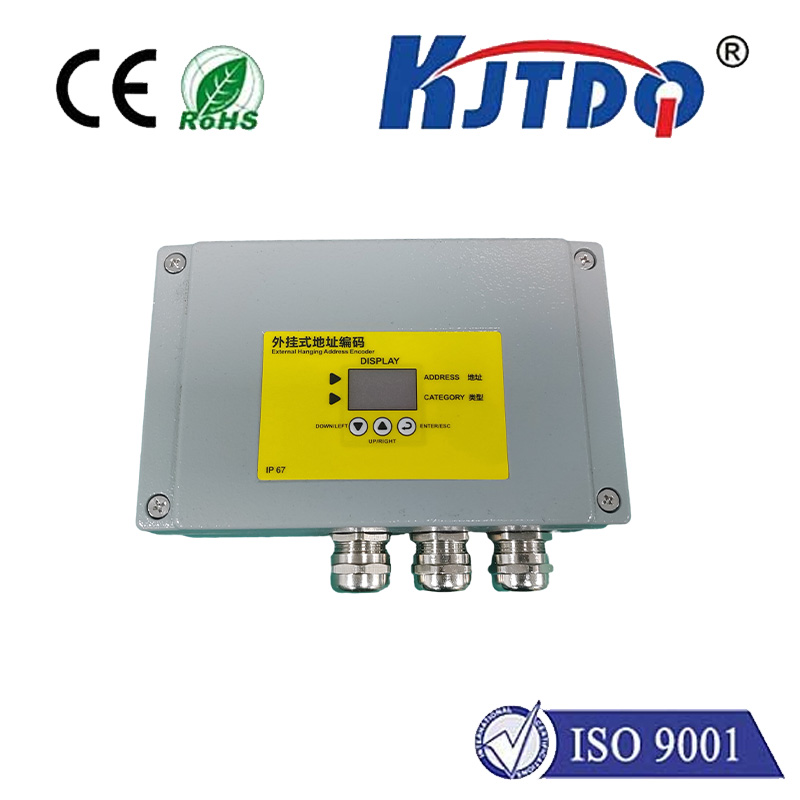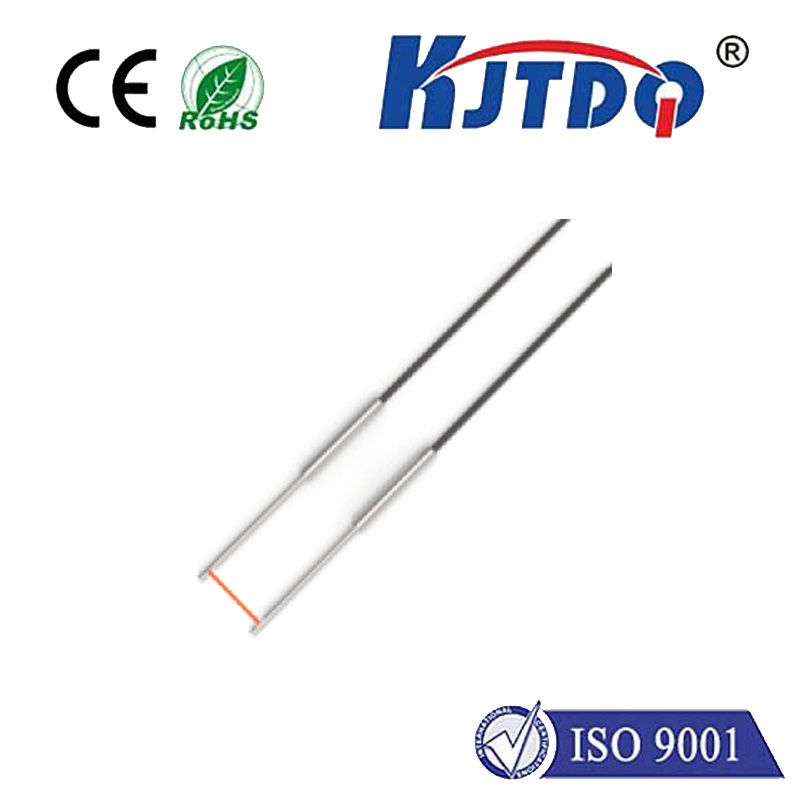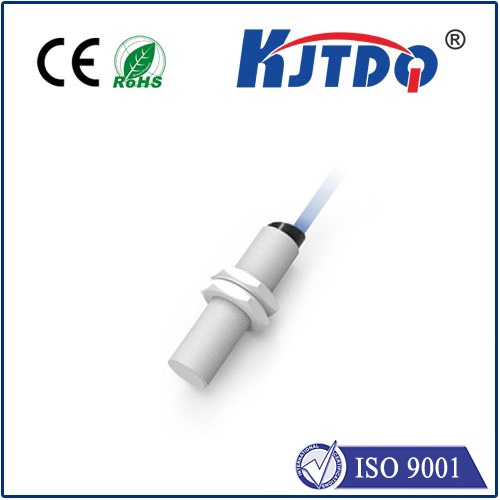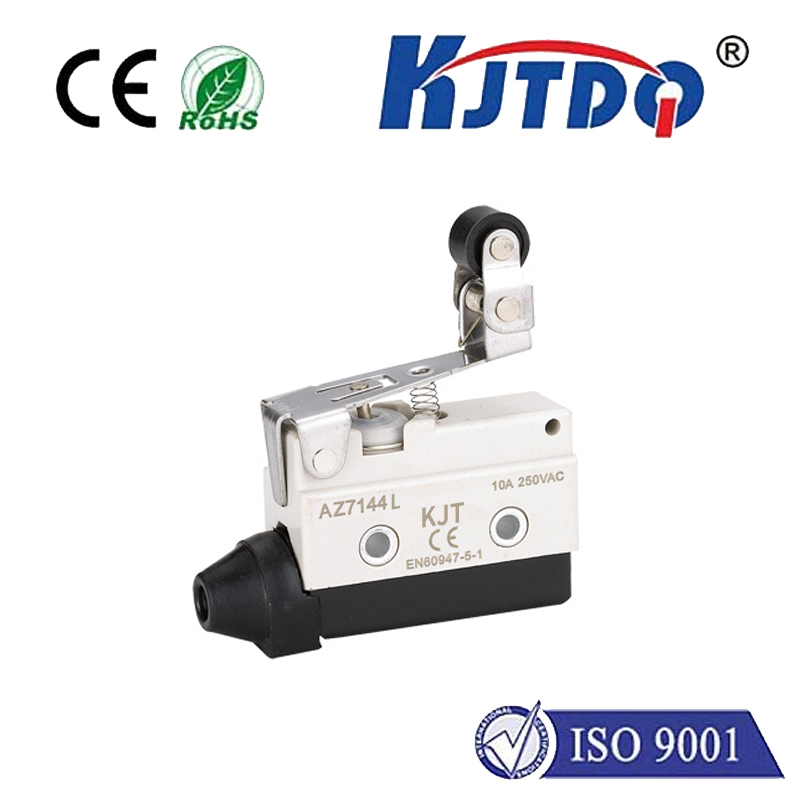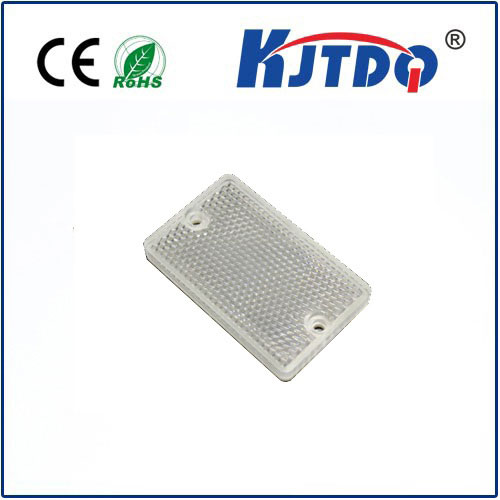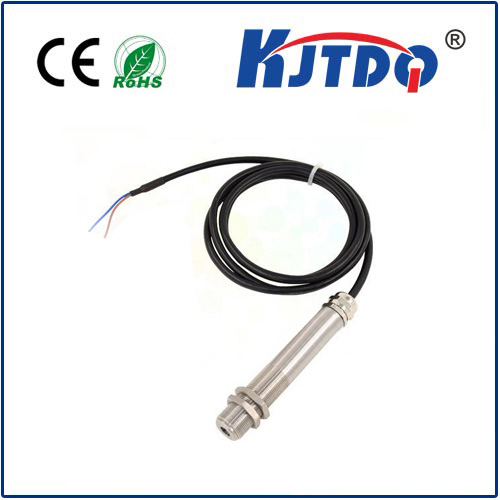
check

check

check

check
Introduction (100 words)
Analog proximity sensors are a type of sensor that measures the distance between two points in space. They operate on an analog circuit and produce a continuous voltage signal based on the distance between the two points. One such sensor is the 4-20mA analog proximity sensor, which has gained popularity due to its simplicity, low cost, and high accuracy. In this article, we will discuss the features, applications, and advantages of 4-20mA analog proximity sensors and how they can be used in various industries.
Body (300 words)
I. Features of 4-20mA Analog Proximity Sensors
A. Operating Principles
B. Signal Output
C.Accuracy and Resolution
D.Sensitivity
E.Dimensions and Weight
II. Applications of 4-20mA Analog Proximity Sensors
A. Automation and Control Systems
1. Industrial Robotics
2. Factory Automation
B. Security and Surveillance
1. Door Access Control Systems
2. Motion Detection Systems
3. Fire Safety Systems
C. Medical Devices
1. Blood Pressure Monitors
2. Respiratory Monitors
3. Medical Imaging Devices
D. Transportation Industries
1. Car Navigation Systems
2. Railway Track Inspection Systems
3. Airport Baggage Tracking Systems
E. Other Applications
1. Environmental Monitoring Systems
2. Agricultural Equipment
3. Fish Tank Monitoring Systems
III. Advantages of 4-20mA Analog Proximity Sensors
A. Cost-effectiveness
B. Easy Installation and Maintenance
C. High Accuracy and Reliability
D. Longevity and Durability
E. Versatility and Compatibility with Multiple Platforms
IV. Challenges and Solutions for Using 4-20mA Analog Proximity Sensors
A. Power Supply Issues
B. Interference from Other Signals
C. Noise and Crosstalk Problems
D. Temperature Resistance and Weather Conditions
E. Data Acquisition and Processing Challenges
V. Best Practices for Using 4-20mA Analog Proximity Sensors
A. Choosing the Right Type of Sensor for Your Application
B. Ensuring Proper Connection and Grounding of Sensors
C. Regularly Calibrating and Testing Sensors for Accurate Performance
D. Minimizing Power Consumption to Improve Battery Life and Reduce Costs
